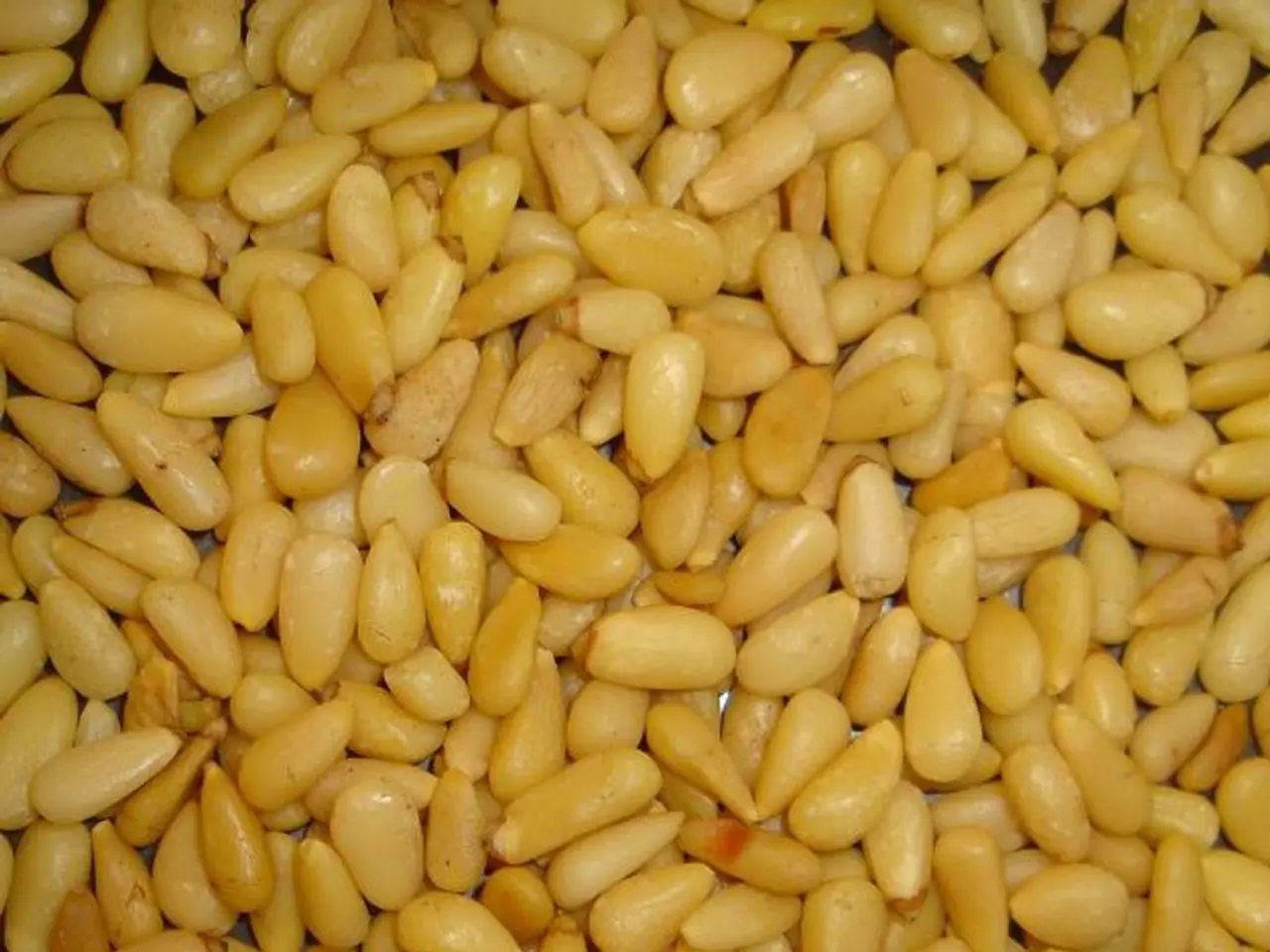Corn Planting in Sandy Soil: Optimal Depth for Maximum Yields
Corn is a popular crop, known for its versatility in the kitchen and its importance in agriculture. However, growing corn in sandy soil requires a bit more care due to the soil's lower water-holding capacity. Here's a guide on how to successfully grow corn in sandy soil.
Firstly, corn needs adequate nutrients, especially nitrogen, for proper growth. Fertilizer can be applied to the soil to ensure the corn receives enough nitrogen. However, it's important not to over-apply nitrogen, as this can lead to leaching and contaminate groundwater.
The recommended planting depth for corn in sandy soil is 2 to 3 inches, deeper than in loamy soil. This ensures that the seeds receive enough moisture and heat for proper germination. The ideal planting depth for corn is about 1 to 2 inches, but in sandy soil, it may be necessary to plant the seeds deeper.
Corn seeds should be planted in blocks or squares of three or more rows for proper pollination. This method also aids in the even distribution of nutrients and water.
Corn requires consistent moisture and well-drained soil, and an inch of water per week is recommended. However, sandy soil may require more water than the recommended inch per week. Therefore, it's important to monitor the soil moisture levels and adjust watering accordingly. Corn grown in sandy soil may need more frequent watering than corn grown in other soil types.
To lengthen the harvest, plant early, mid-season, and late varieties at the same time and make successive plantings until late June. For a continuous supply of sweet corn, plant different varieties or plant every 2 to 3 weeks.
Corn is a warm-weather crop requiring a long, frost-free growing season of 60 to 100 days. It's crucial to plant the corn seeds when the soil temperature reaches at least 10°C (50°F).
In conclusion, growing corn in sandy soil requires careful attention to watering, planting depth, and fertilization. By following these guidelines, you can ensure a bountiful corn harvest from your sandy soil plot.




